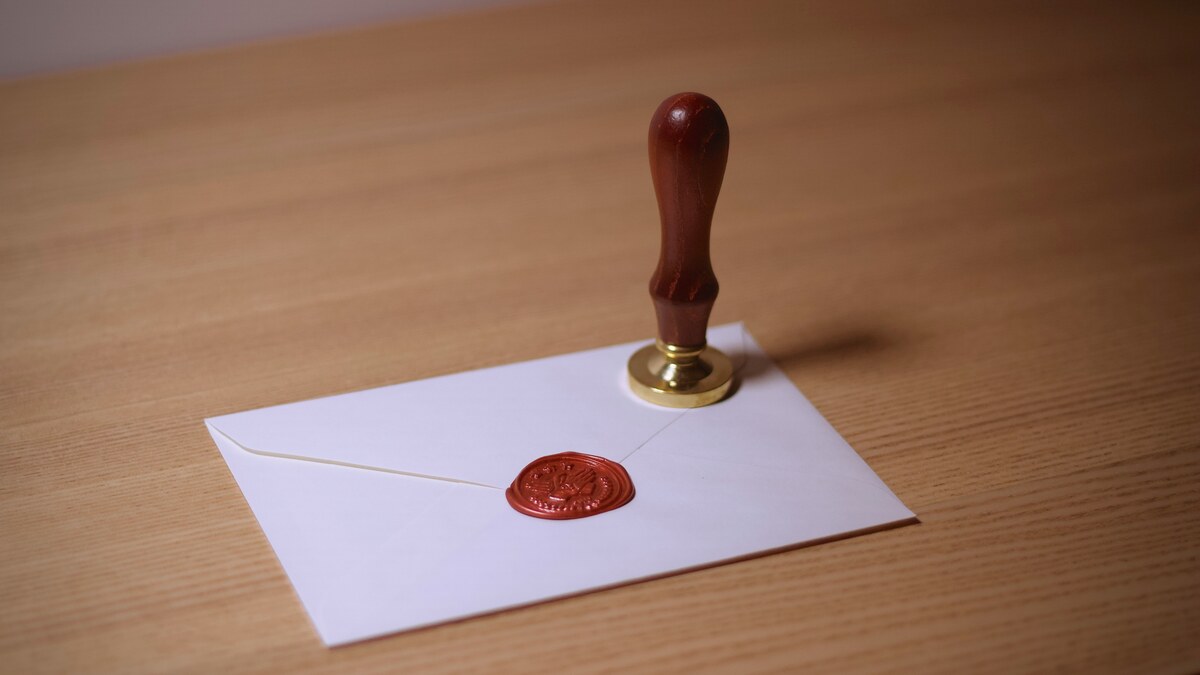Letter of Wishes in Australia: Uses, Limits & Template
Published 16 Sep 2025 • General information — Not legal advice
A Letter of Wishes is a personal, informal note you leave to guide executors, trustees and family. It’s not legally binding, but it’s powerful context alongside your will. Here’s when to use one, what to include, what not to do, and a plain-English template.
Quick definition (what it is / isn’t)
Think of a Letter of Wishes as a sidekick to your will: private guidance for executors and trustees, not a legal directive. It can explain your reasoning, share personal hopes, and help avoid misunderstandings. It cannot replace or override your will.
Where it helps (when to use one)
- Guidance for executors/trustees: Clarify how you’d like household items split or how discretionary trust funds might be used.
- Guardianship notes: Values, education or religious preferences for minor children.
- Explaining unequal or unexpected gifts: Reduce friction by sharing your reasoning.
- Personal/sentimental items: Who should receive specific belongings without constantly updating your will.
- Practical info: Where to find documents, accounts, safe-deposit boxes or prepaid funeral details.
What it cannot do (override limitations)
- Change or contradict your will: If it conflicts, the will wins. Don’t use the letter to alter distributions.
- Impose binding obligations: Express wishes (“I’d like…”) rather than commands (“must/shall…”).
- Act as a will/codicil: Keep it clearly informal to avoid confusion or litigation.
- Guarantee compliance: It carries moral weight, not legal weight.
How to write one (tone, clarity, signing & storing)
- Open with a line like: “This Letter of Wishes accompanies my will dated [date]. It is not legally binding.”
- Address your executor(s). Use warm, clear language.
- Organise by topic (funeral, personal items, explanations, practical notes).
- Sign and date it yourself. No witnesses required.
- Store it with your will; upload a digital copy to LifeVault; tell your executor where it is.
Template (plain-English example)
To my executor and family,
This Letter of Wishes accompanies my Last Will and Testament dated 1 July 2025. It is not legally binding; it simply expresses my personal wishes and guidance.
1. Funeral & Memorial
I’d like a simple service at Greenlawn Chapel. Please play “Waltzing Matilda.” I wish to be cremated; scatter my ashes at sea near Sydney Harbour if possible.
2. Personal Effects
Please give my wedding ring and pearl necklace to my granddaughter Emily. My son David may have my library of books. Distribute remaining items fairly or donate to charity.
3. Care of Bella (my dog)
Susan has agreed to adopt Bella. I’ve left funds for her care. Please keep Bella’s routine (morning walks, usual food) to help her adjust.
4. Regarding My Children
I’ve left a larger share to Anna; Brian received significant help during my life (home deposit). I love you both and hope you support each other.
5. Charitable Donation
As per my will, $10,000 to the Heart Foundation in memory of my husband.
6. Important Documents
The house deed is in the brown folder in my study. “Estate Info” on my laptop lists accounts and policies (also in LifeVault under my “Estate” vault).
Sincerely,
[Signature]
[Name]
[Date]Updating your letter over time
- Review yearly or after life events; date each version and replace the old one.
- Keep location consistent with your will storage; ensure only one “current” version exists.
- Update to stay consistent with changes to your will.
How LifeVault helps (versioning, access for executors)
- Secure copy + version control: Upload the latest PDF; replace older versions.
- Access rules: Tag your executor so they can retrieve it when needed.
- One place for the whole pack: Will scan, Letter of Wishes, asset list, nominations and checklists together.
- Capture your wishes in context: Use capsules for timed messages, add extra colour through private notes, and store supporting documents in Secure Files so your executor can see not just what you wanted, but why.
Related: DIY Will vs Lawyer in Australia
Frequently asked questions
No. It’s informal guidance only. If it conflicts with your will, the will prevails.
No. Keep it informal. Sign and date it yourself to show authorship and currency.
Personal messages, distribution of sentimental items, funeral preferences, guidance for guardians/trustees and practical notes for executors.
With your will (but not attached), and as a digital copy in LifeVault. Make sure your executor knows where to find it.
